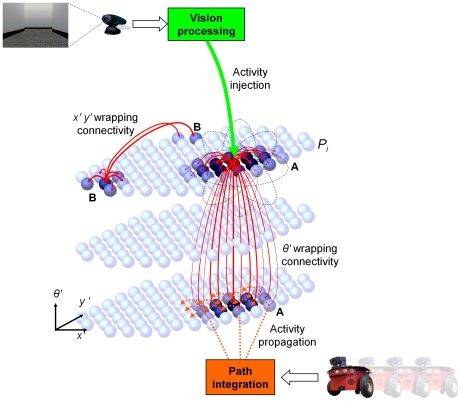Figure 1. Schematic of the RatSLAM navigation model.
The core RatSLAM navigation model consists of a continuous attractor network of location and orientation sensitive rate-coded cells. Each cell excites (solid line arrows) and inhibits (not shown) neighboring cells. A path integration module integrates robot movement information by shifting cell activity (dashed line arrows, only some shown for clarity reasons). When the robot sees a familiar visual cue, the vision processing system activates inputs into the cells associated with that visual cue (see Point A), enabling the robot to re-calibrate its estimate of its location in the environment. The layout of cells in the (x′, y′) plane starts off corresponding approximately to the (x, y) plane of the environment, but evolves under the influence of path integration and visual recalibration. The cell network can function in any tessellating layout (i.e. square, rectangle, hexagon), but is optimal in a hexagonal configuration (as shown), which minimizes the perimeter to area ratio and hence the number of wrapping connections for a given network size. In previous robot experiments the model has been shown to also function successfully with square or rectangular configurations [23].

